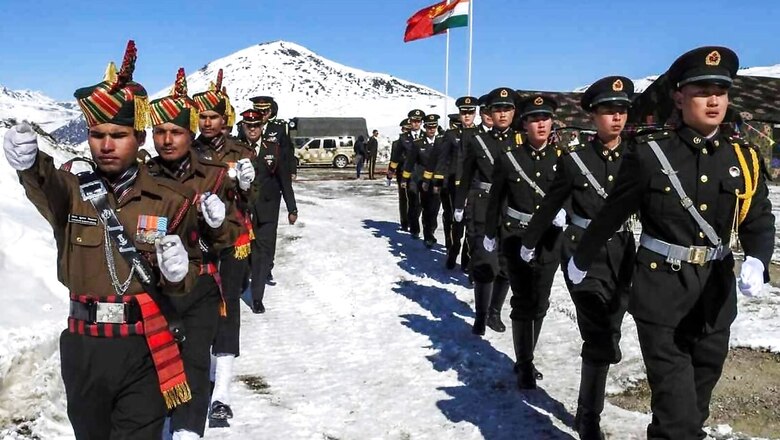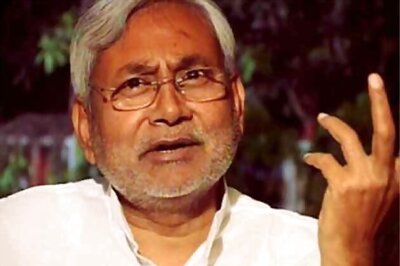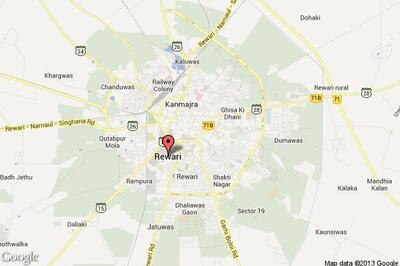
views
The Pentagon has said that the US Department of Defense continues to closely watch developments along the line of actual control (LAC) at the India-China border in Tawang and called the Chinese incursion a growing trend by Beijing to assert itself and to be provocative in areas directed towards US Allies.
“The Department of Defense continues to closely watch developments along the line of actual control, LAC. We have seen the People’s Republic of China continue to amass forces and build military infrastructure along the LAC,” Pentagon Press Secretary Pat Ryder said during a press briefing.
The statement came after the Chinese troops tried to “unilaterally” change the status quo along the LAC in the Yangtse area of Arunachal Pradesh’s Tawang sector leading to clashes between the troops of the two countries on December 9, the first since the Galwan Valley in June 2020.
“It does reflect the growing trend by the PRC to assert itself and to be provocative in areas directed towards US Allies and our partners in Indo Pacific. We will continue to remain steadfast in our commitment to ensuring the security of our partners. We fully support India’s ongoing efforts to de-escalate the situation,” the Pentagon spokesperson added.
According to Army officers, around 200 Chinese soldiers tried to transgress the LAC, but the Indian troops contested the PLA attempts in a “firm and resolute manner”. “This face-off led to minor injuries to few personnel from both sides,” an officer in the Army said. however, both sides immediately disengaged from the area.
The US State Department, reacting to Chinese forces crossing LAC, said India is an important strategic partner of the United States and added that it strongly opposes any unilateral attempts to advance territorial claims by incursions.
“On China and India, we’re closely monitoring the situation. We are glad to hear that both sides appear to have quickly disengaged from the clashes. I don’t have anything to offer in terms of the timing behind the most recent clashes, but we’re continuing to monitor very closely and to engage with our Indian partners,” Ned Price, spokesman for the United States Department of State, said.
“India is indeed an important strategic partner of the United States bilaterally, in the Quad, and other multilateral fora as well. So, we’re always, with that in mind, in close contact with our Indian partners, both from our mission in India as well as from the State Department here in Washington,” he added.
He further said, “We do strongly oppose any unilateral attempts to advance territorial claims by incursions, military or civilian, across the border at the established Line of Actual Control, and we encourage India and China to utilize existing bilateral channels to discuss disputed boundaries.”
Government officials told News18 that the Indian troops were following the routine pre-decided patrolling format, but the Chinese troops initiated an argument over the patrolling area, which was met with an objection from the Indian troops.
“The altercation triggered the clash, which lasted for several hours. While troops of both sides have suffered injuries, the number of troops injured in the clash is not yet clear. The injured Indian troops are being provided the required medical treatment,” a government official said.
The official added that the Chinese troops have suffered more injuries than their Indian counterparts and added that all Indian agencies have been alerted after the incident.
United Nations Secretary-General Antonio Guterres also called for the de-escalation in tensions along the India-China border.
When Stéphane Dujarric, Spokesperson to the UN Secretary-General was asked to comment on this issue, he said: “Yeah, we’ve seen these reports. We call for de-escalation and to ensure that the tensions along in that area do not grow.” Chinese Foreign Ministry spokesman Wang Wenbin addressing a media briefing in Beijing on Tuesday said the two sides have maintained smooth communication on boundary-related issues through diplomatic and military channels.
It is the first major clash between the Indian and Chinese armies since the fierce face-off in the Galwan Valley in June 2020 that marked the most serious military conflict between the two sides in decades.
This is also the first major incident at the border after Chinese President Xi Jinping was re-elected for an unprecedented third five-year term at the once-in-a-five-year Congress of the ruling Communist Party of China (CPC).
The Friday clash took place even as both countries held 16 rounds of talks between their commanders to resolve the standoffs at various points since the eastern Ladakh border standoff which erupted in May 2020, following a violent clash in the Pangong lake area.
The last round of talks was held in September during which both sides agreed to disengage their troops at Patrolling Point 15 in the Gogra-Hot Springs area.
Read all the Latest India News here


















Comments
0 comment